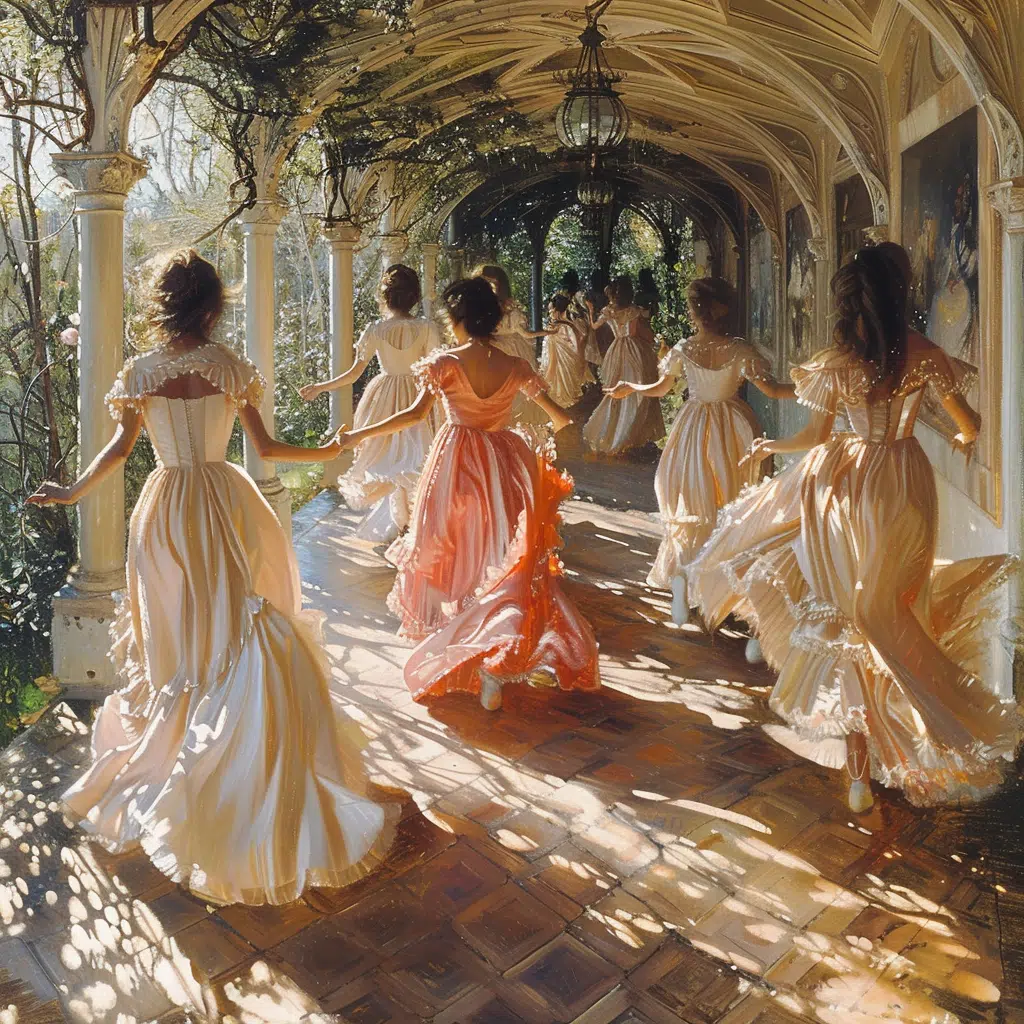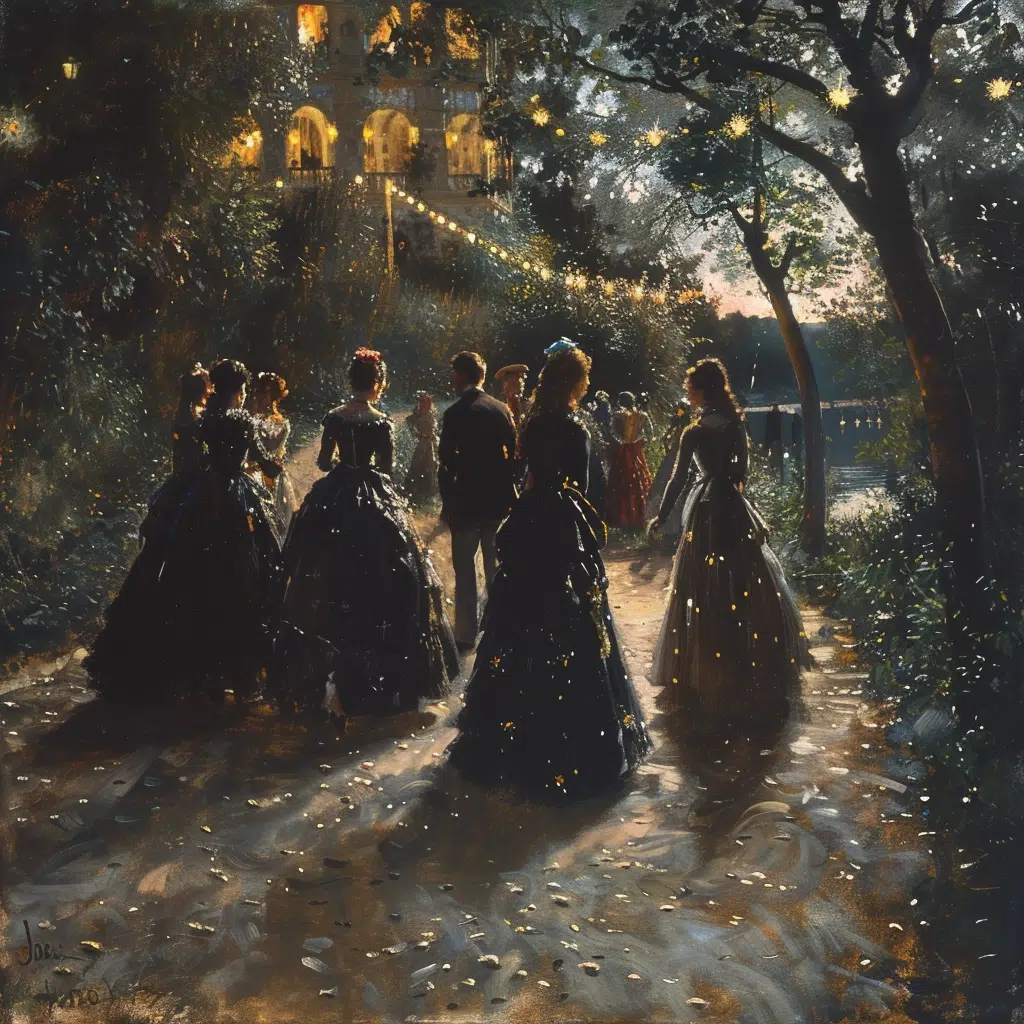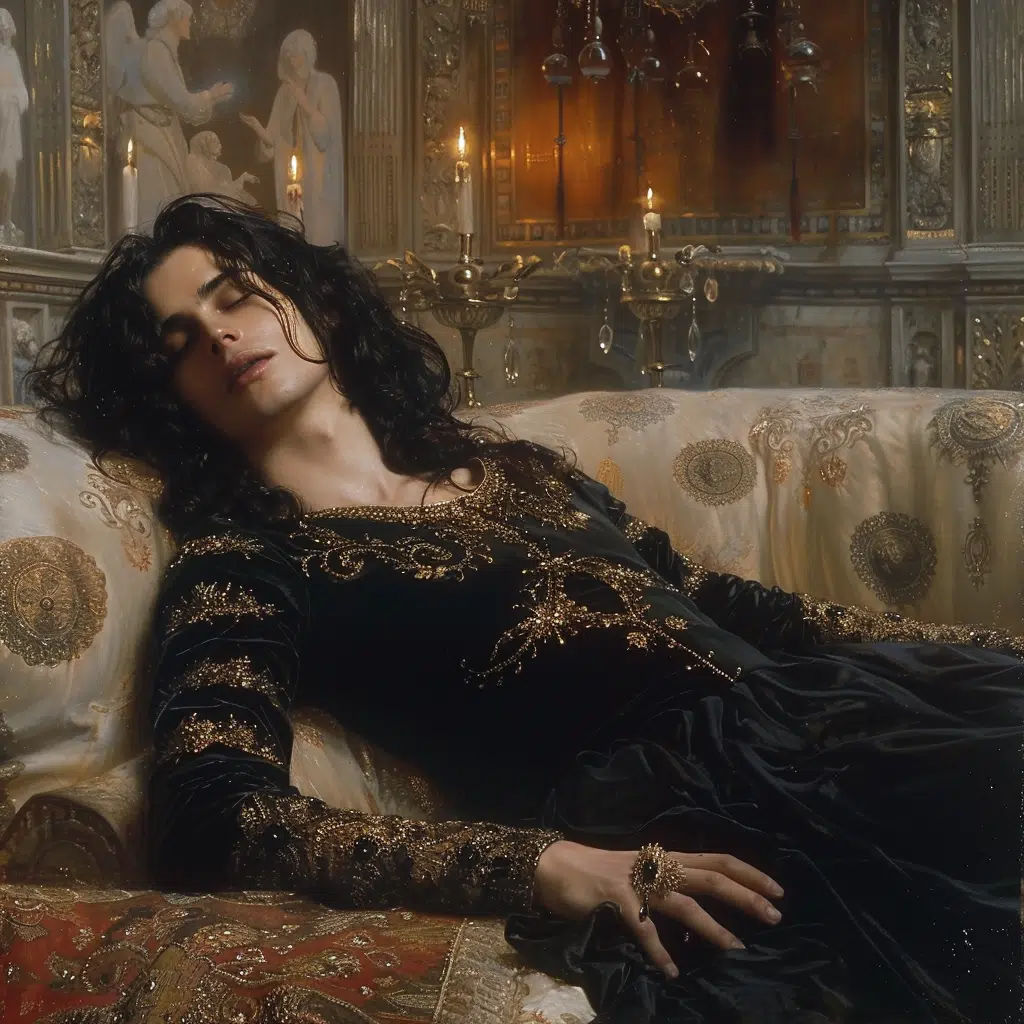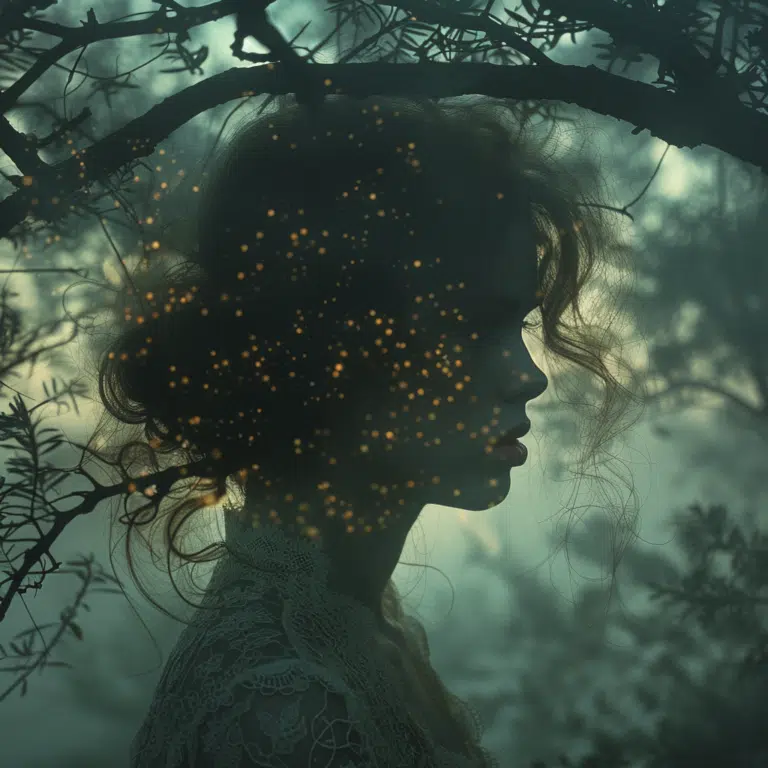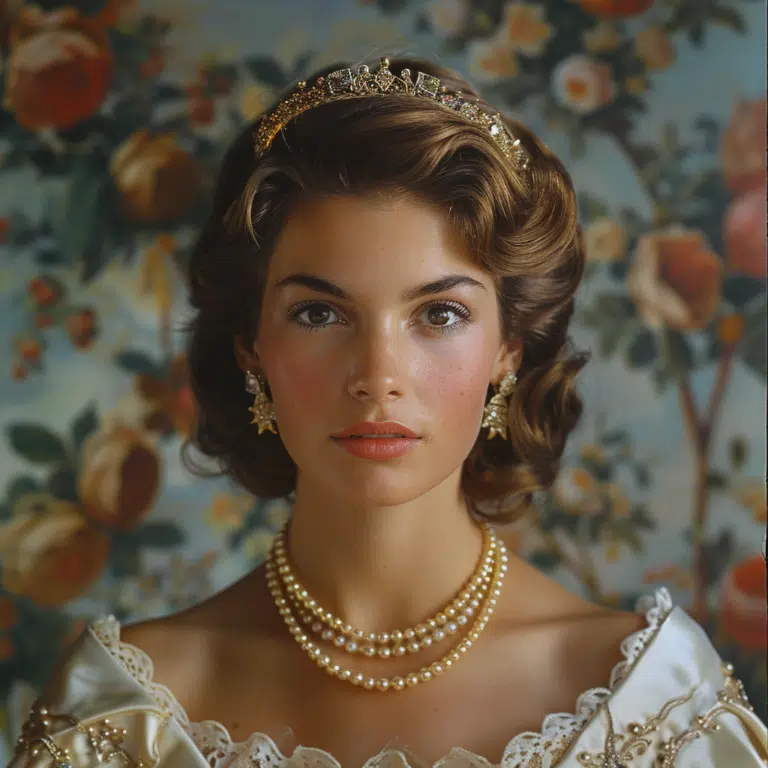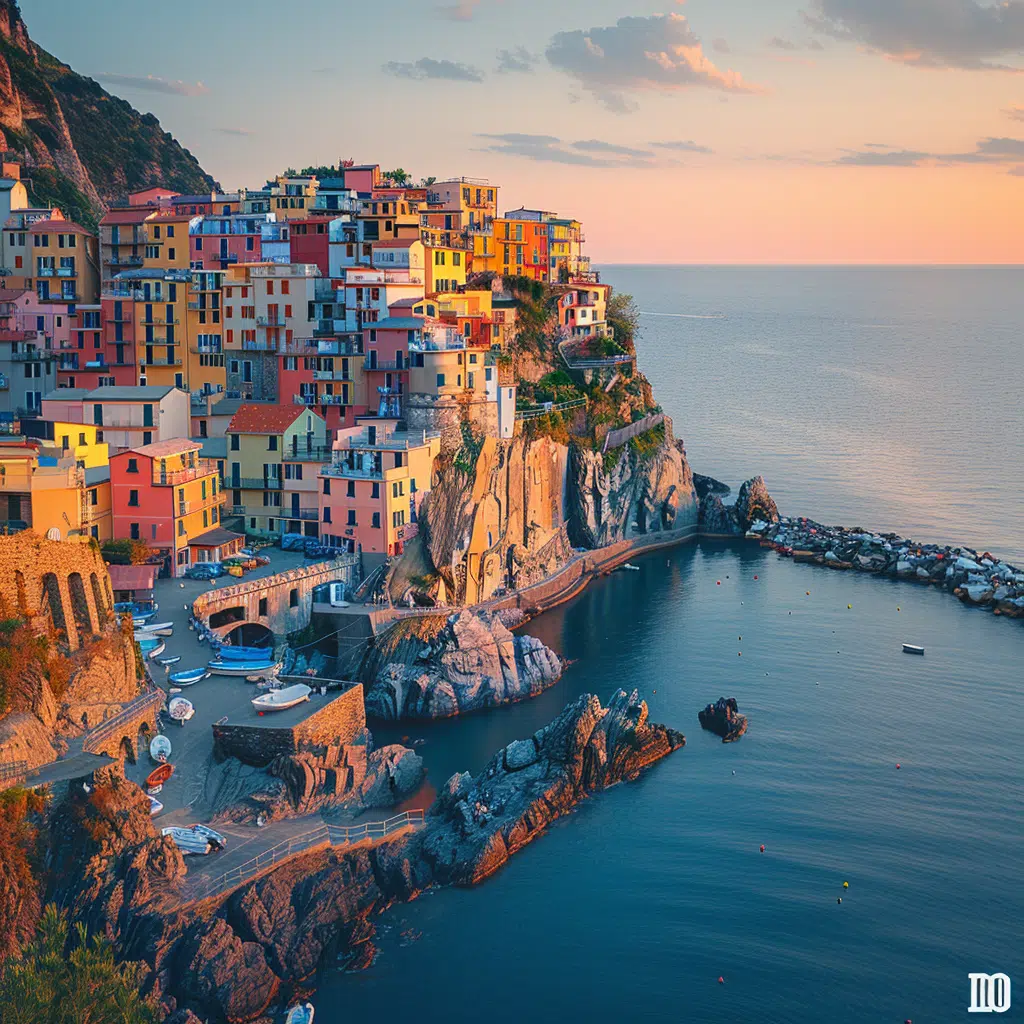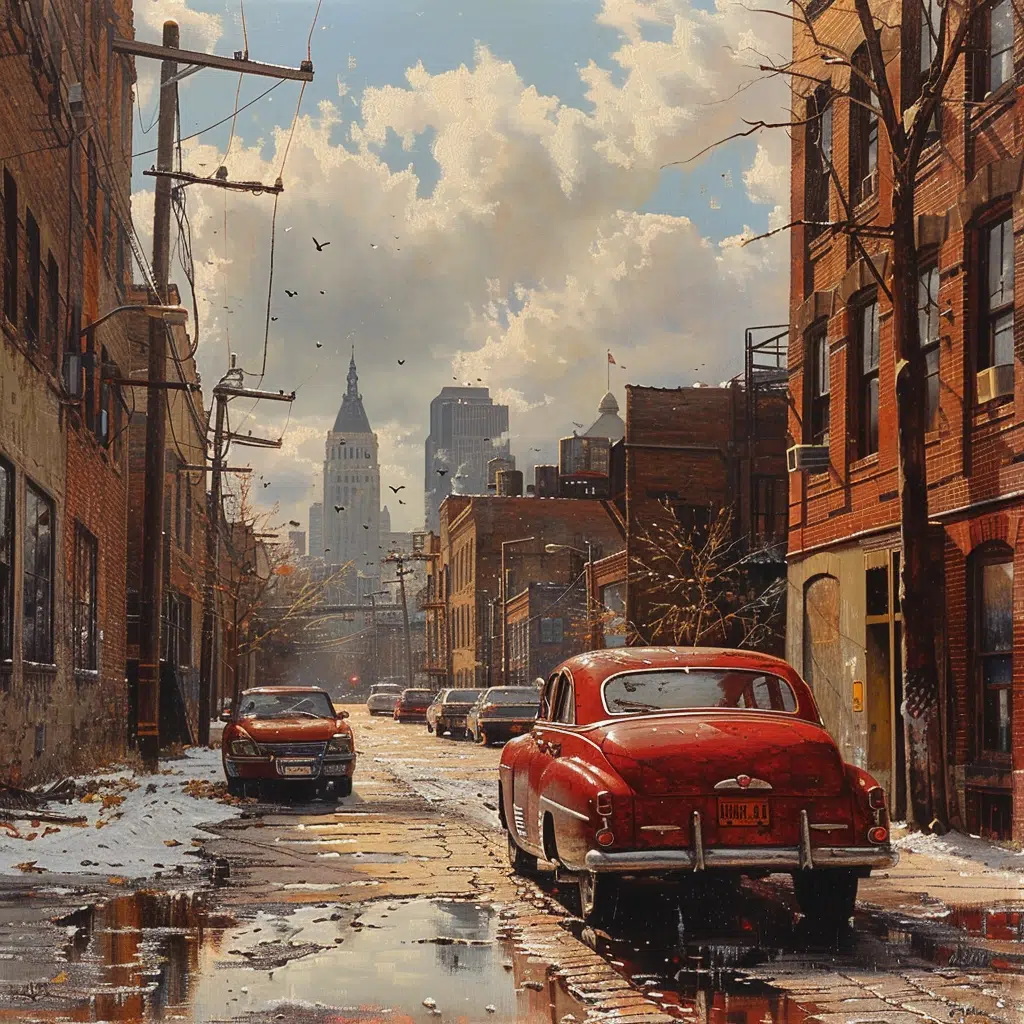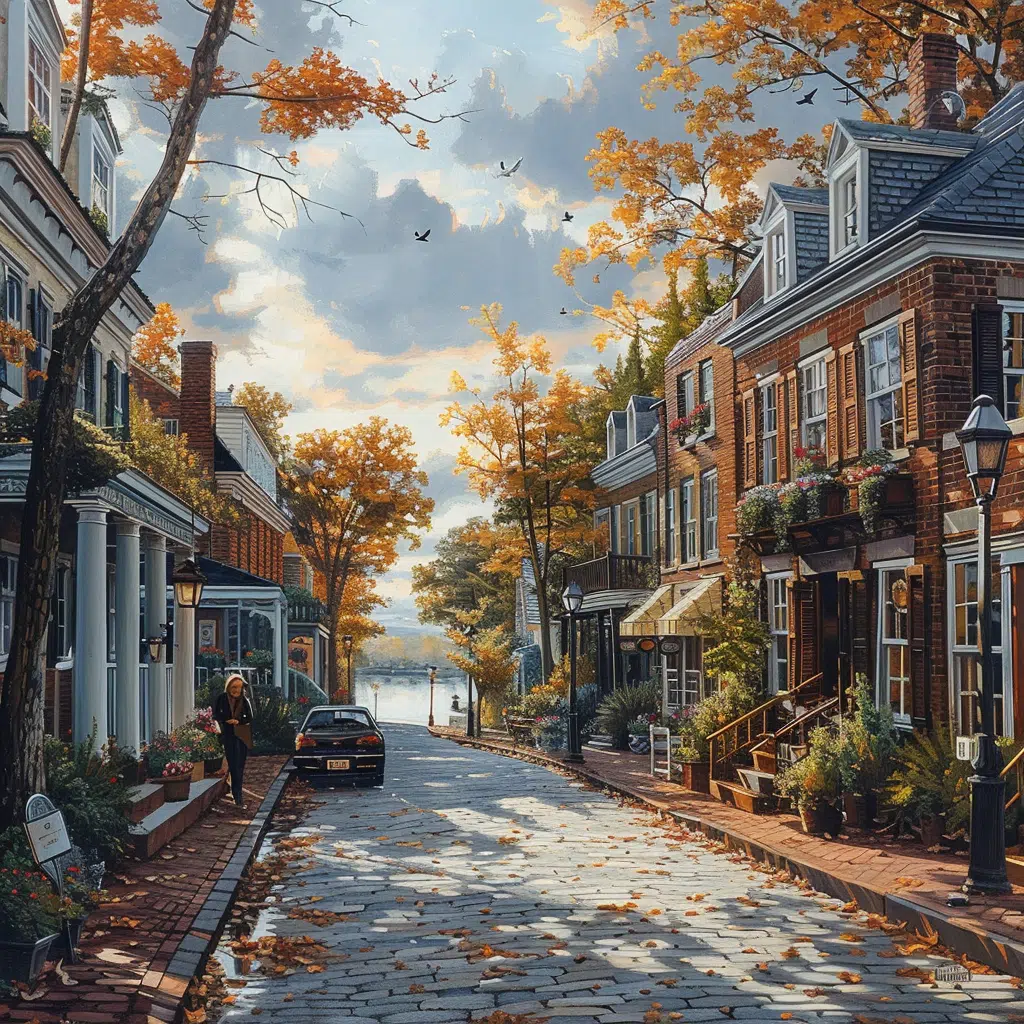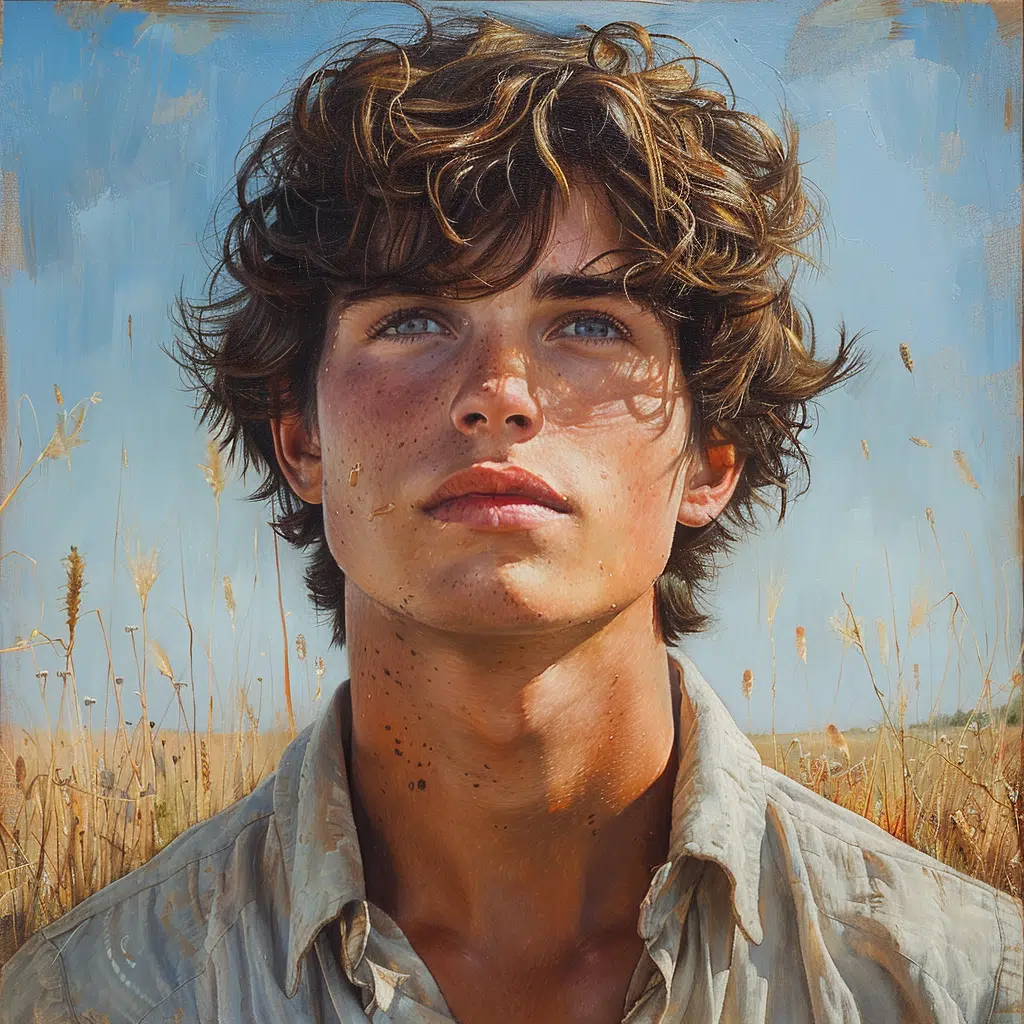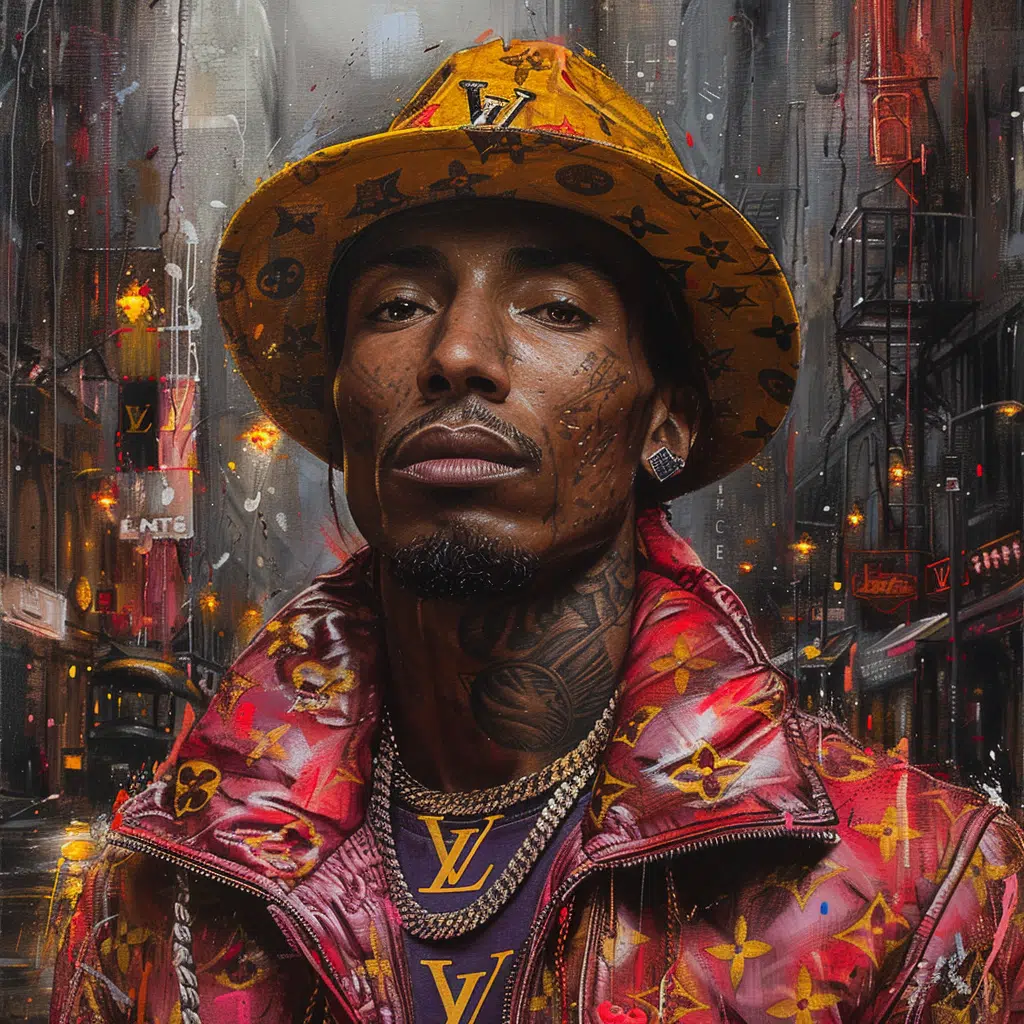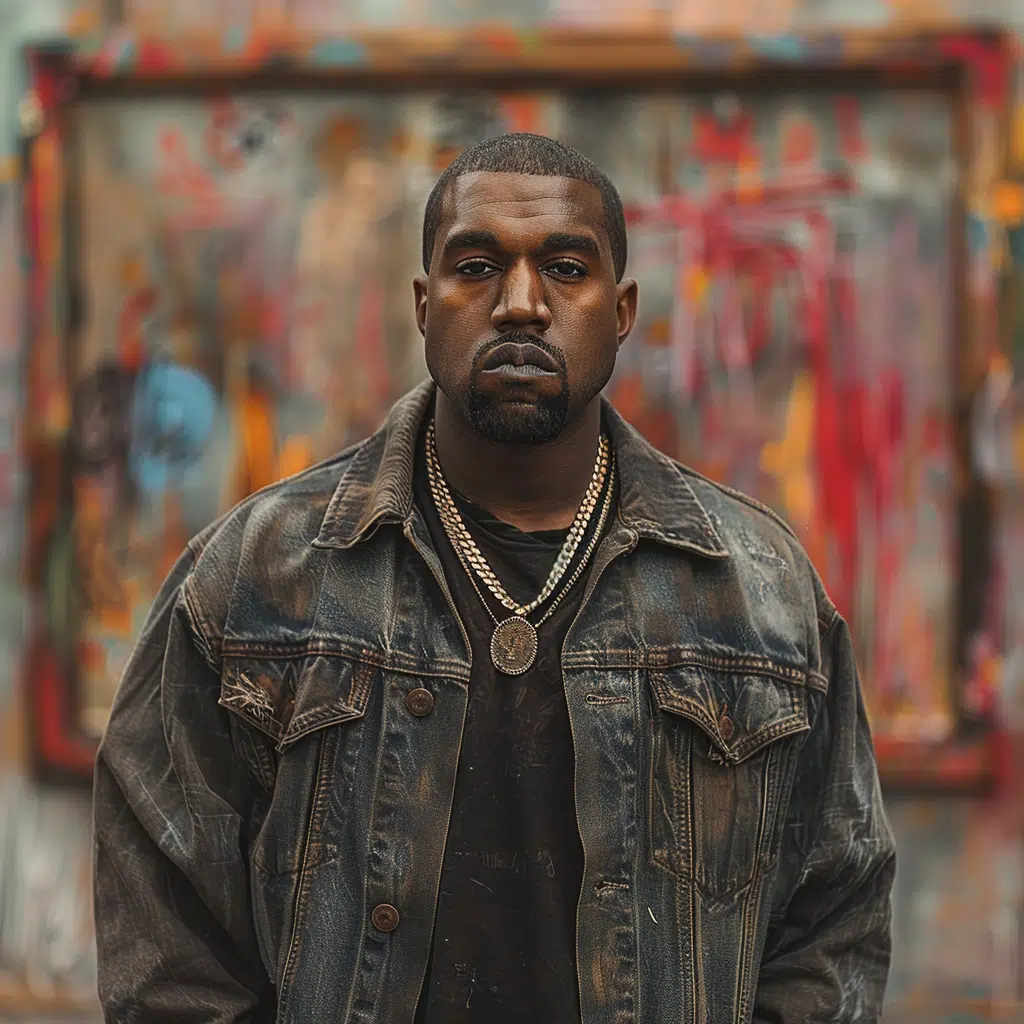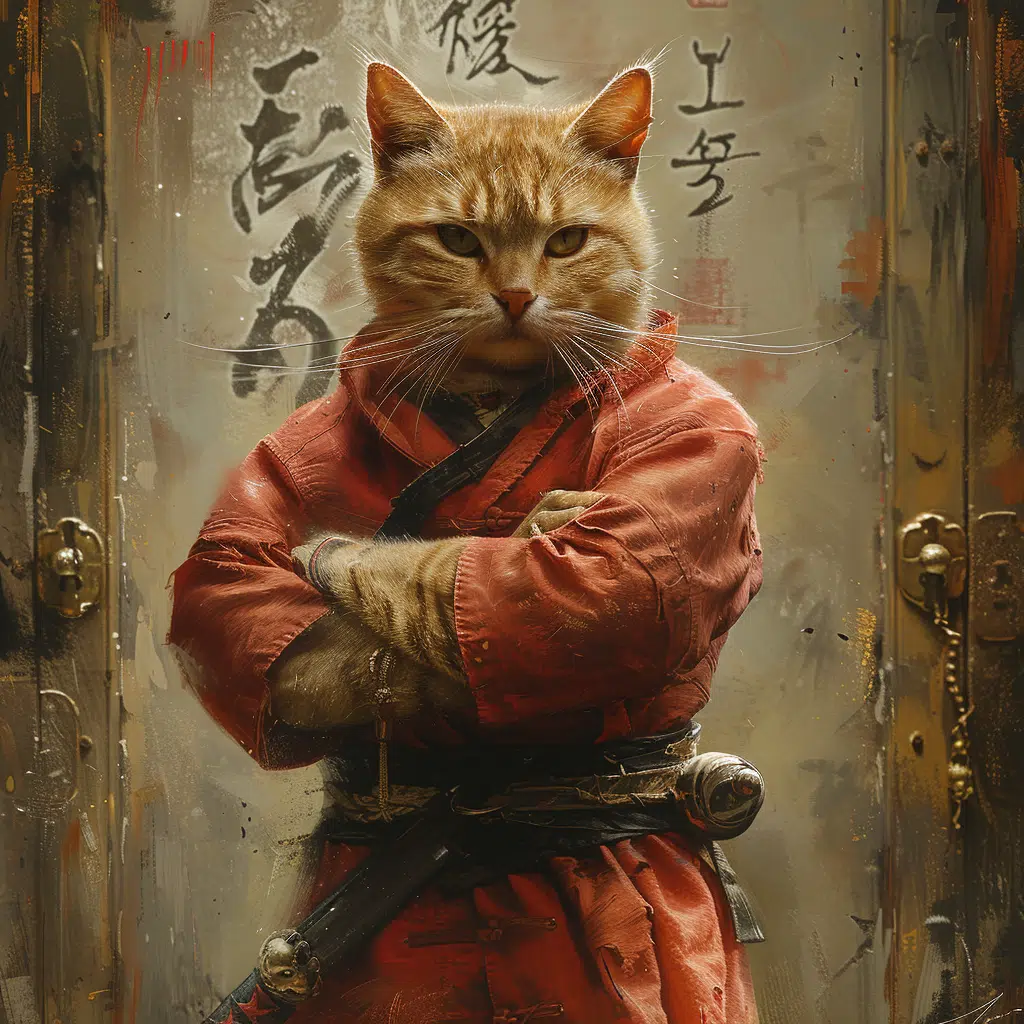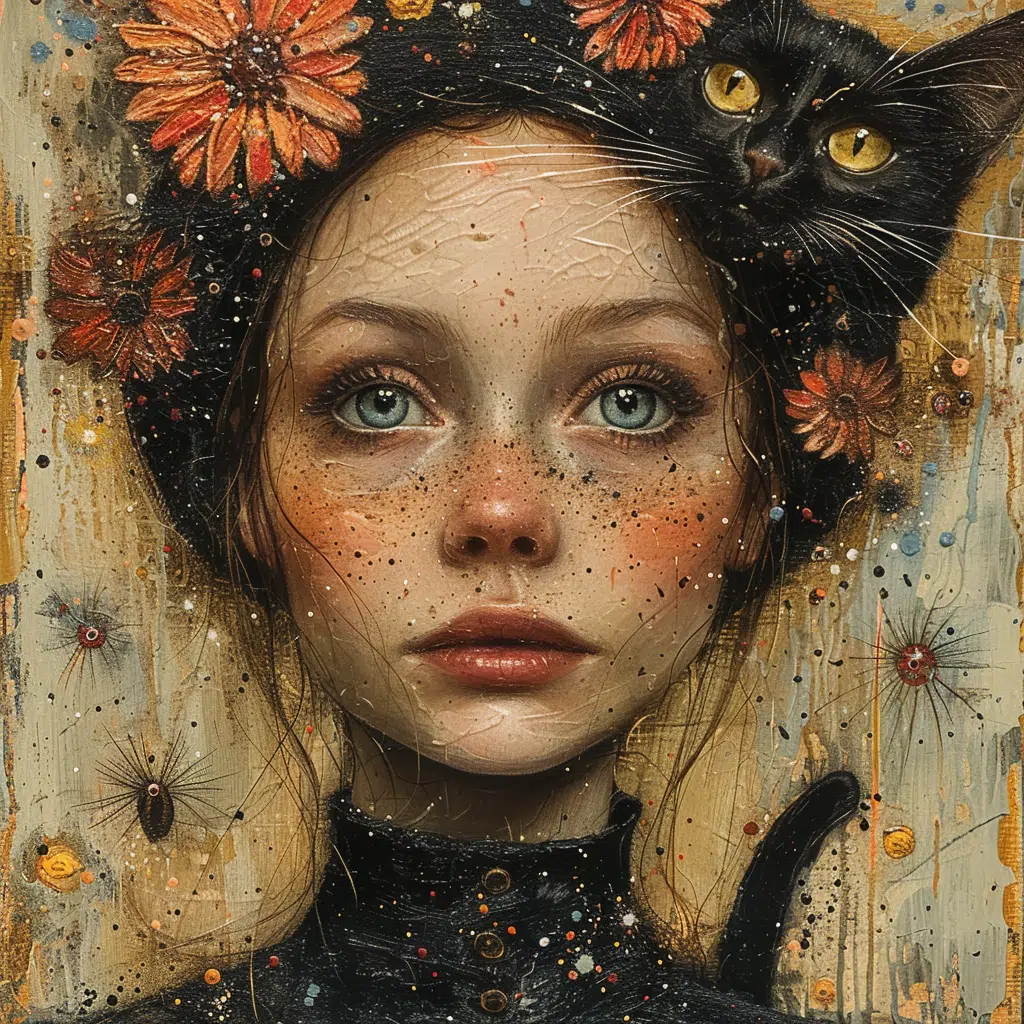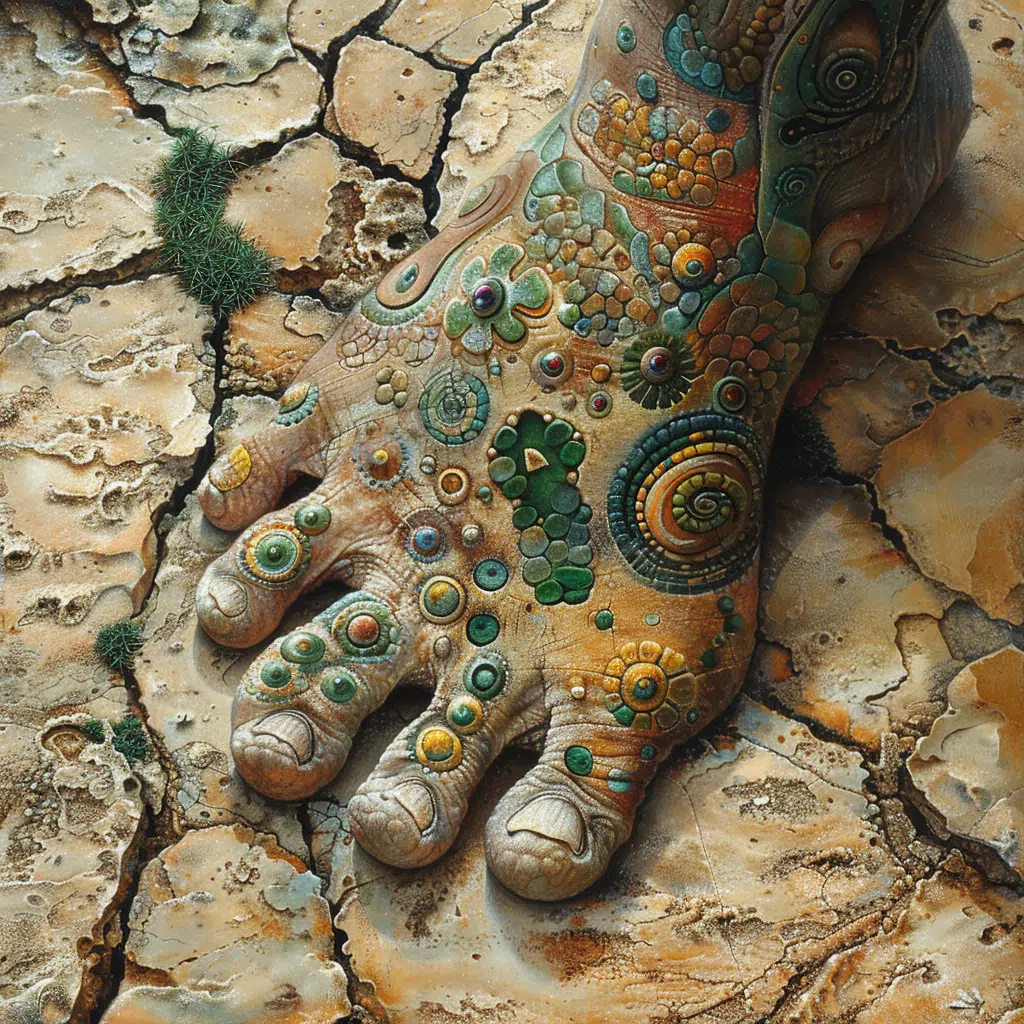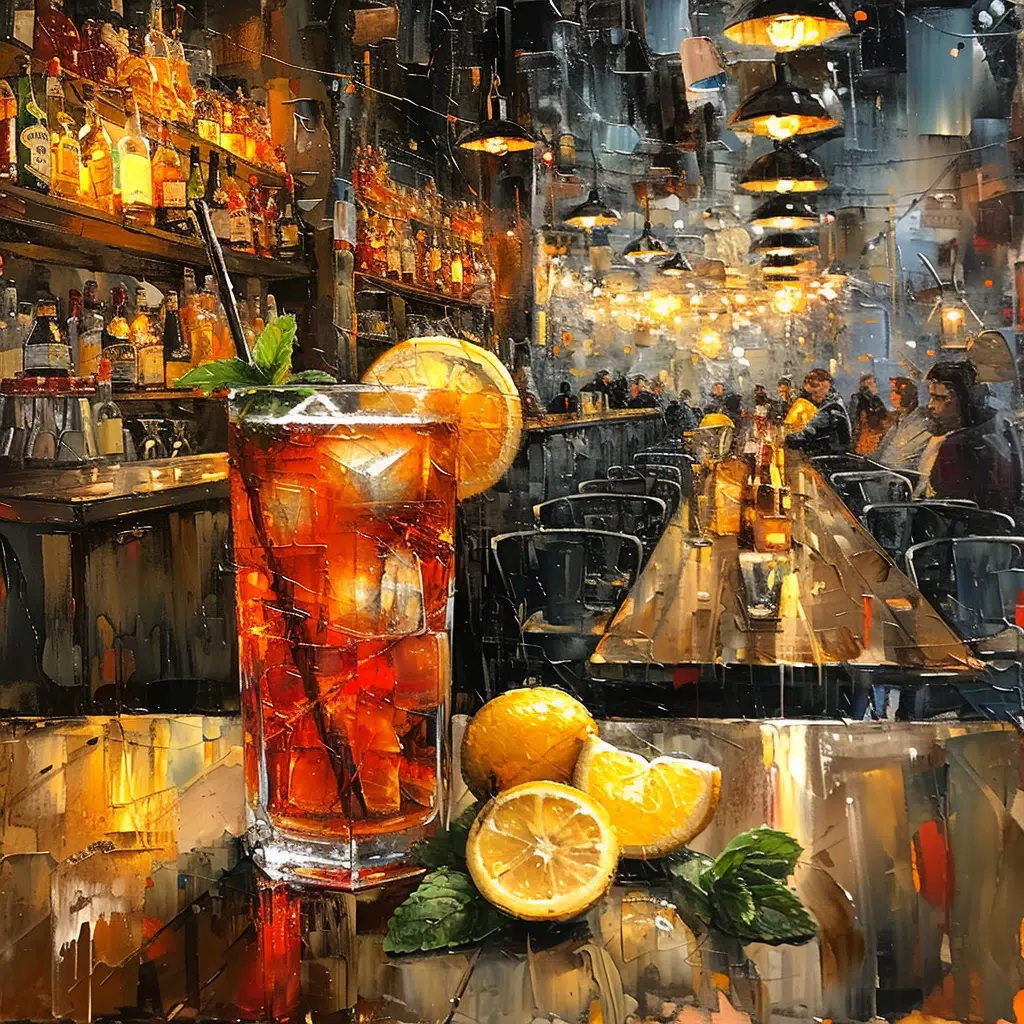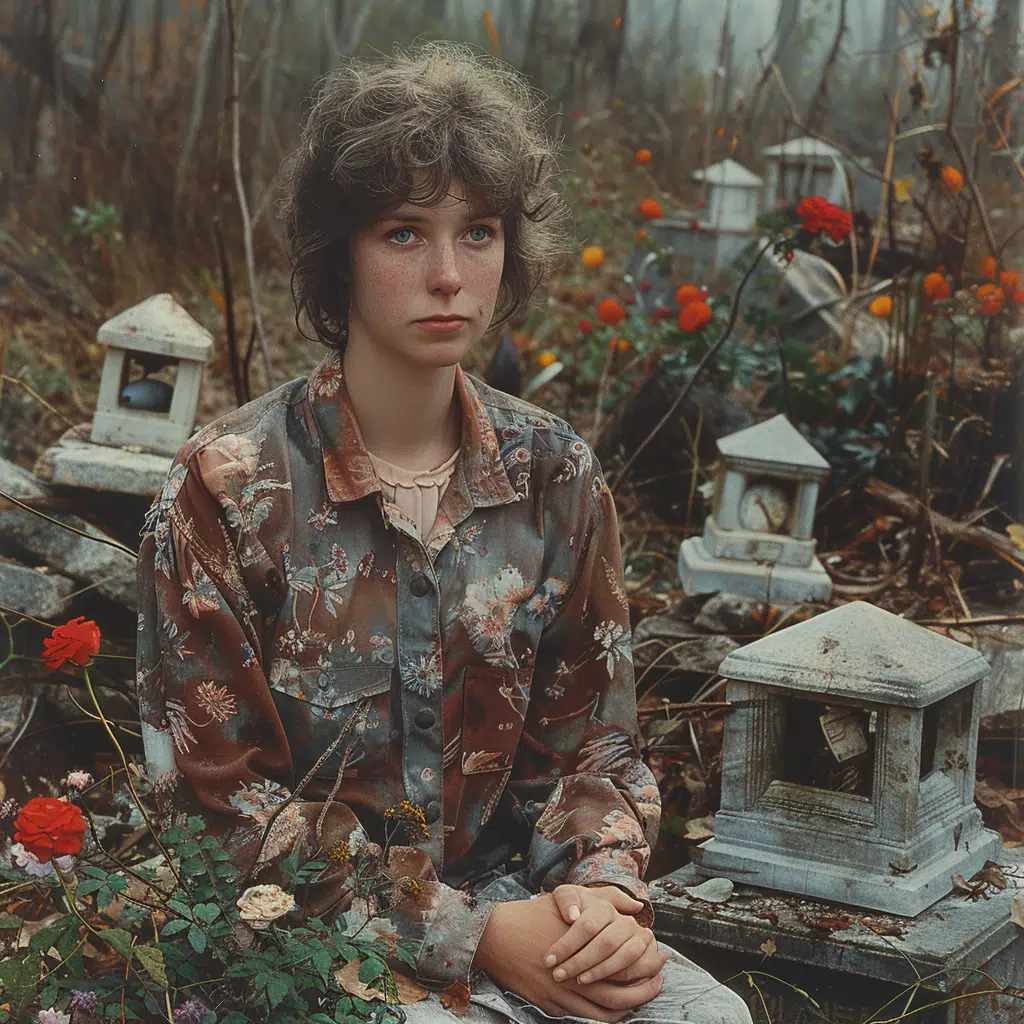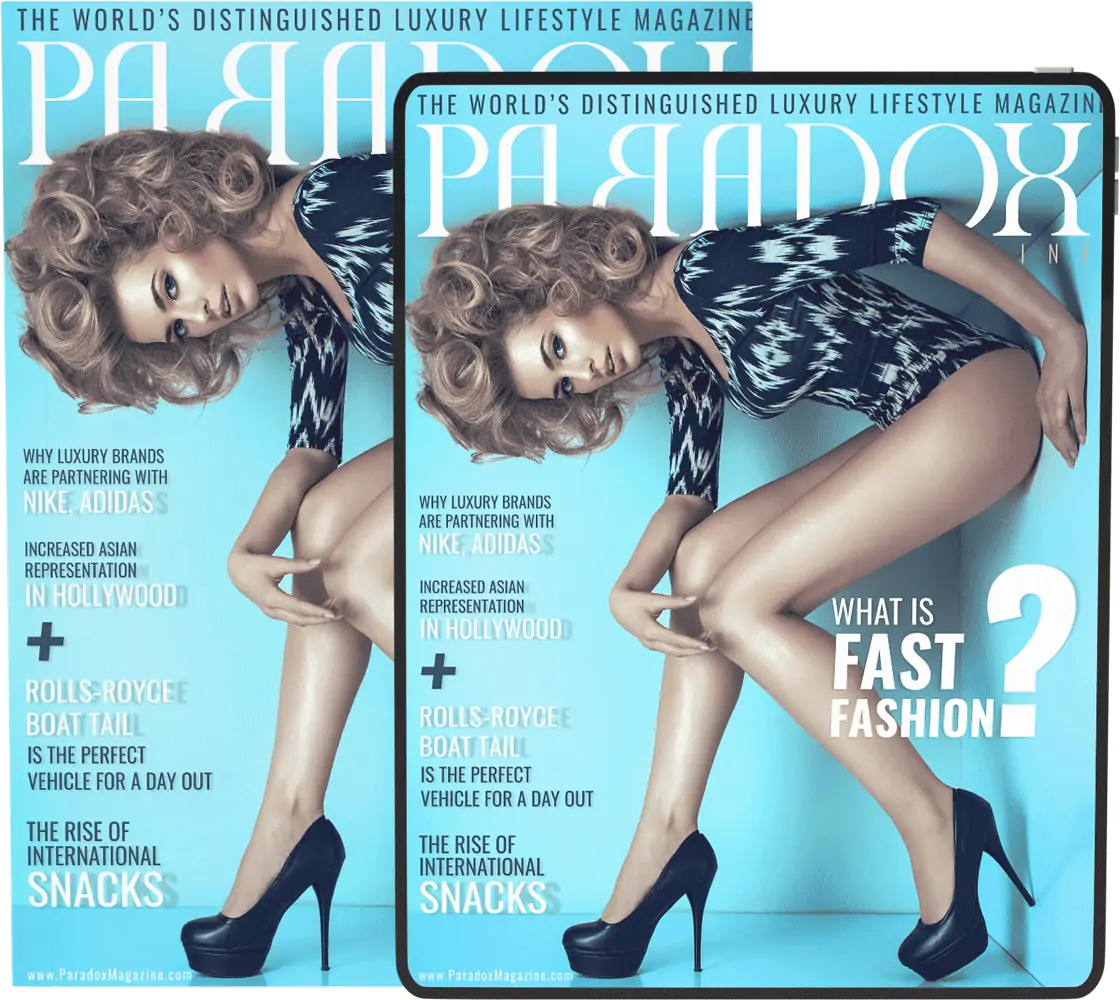The Enduring Influence of John Singer Sargent on Contemporary Art
Dive into the art world, and you’re akin to a fashionista strutting down the runaway — it’s bold, it’s visceral, it’s perpetual. Amidst this grandiose affair, John Singer Sargent emerges as the haute couture of painters, his legacy undraped and spreading its sartorial splendor across centuries. Born to American parents in the heart of Florence, this maestro painted life as if draping silk on a mannequin — with effortlessness and grace. With each stroke, John Singer Sargent captivated not only the aloofness of the elite but human expressions that whispered intimate tales, rendering his work immortal in the high-end boutiques of modern art.
Now, dear reader, let’s unfurl the canvas to reveal why Sargent remains the linchpin in the ever-spinning wheel of art, and why, even now, his mastery influences the trendsetters opting for libertine themes, weaving into the fabric of our pop culture a timeless elegance.
Sargent’s Techniques: A Benchmark for Modern Portraiture
Turn the spotlight to “Madame X,” and you glimpse the quintessence of Sargent’s virtuosity — a precarious ballet of line and texture. His dramatic chiaroscuro and theatrical light interplay set standards for today’s portrait aficionados, who seek to emulate his elusive aire of ‘je ne sais quoi.’ John Singer Sargent was the Clearme in murkiness, granting us a lens through which we discern mastery from mediocrity.
In Sargent‘s tableau, we find an eternal reminder of the absolute necessity for aspiring painters to grasp the delicate dance of color harmony and compositional symmetry. His companions on this artistic sojourn — Cecilia Beaux and Anders Zorn — channeled his touch, further varnishing Sargent’s legacy with their own respective brushes and palettes.
| Category | Information |
|---|---|
| Full Name | John Singer Sargent |
| Date of Birth | January 12, 1856 |
| Place of Birth | Florence, Italy |
| Nationality | American |
| Death | April 14, 1925 |
| Place of Death | London, United Kingdom |
| Primary Artistic Focus | Portrait Painting, Landscape Artistry, Watercolor |
| Notable Works | |
| – Self-Portrait (1906) | |
| Last Self-Portrait | 1906, commissioned by Uffizi Museum |
| Change in Artistic Focus | Post-1906, Sargent focused less on portraits and more on landscapes and watercolors |
| War Art Commission | ‘Gassed’ was commissioned as part of a national memorial by the British War Memorials Committee |
| Artistic Recognition | Regarded as the leading portrait painter of his generation |
| Major Exhibitions | |
| – Tate Gallery, London (1926) | |
| Legacy | Sargent’s work continues to be celebrated for its realism and mastery of human figures and light treatment. |
Sargent’s Worldly Muse: The Global Impact of His Work
As we embark on a gondola, navigating the Venetian alleys in “Gondoliers Siesta,” or dust off the sands from “Bedouins,” we traverse the globe through Sargent’s eyes. This globetrotting wanderer channeled his soakings of multifaceted cultures onto canvas, gifting us an atlas as seen through his globetrotter’s lens. With each depiction, John Singer Sargent stitched a patchwork of global identity, inspiring modern artists to transcend their local streets and embark on painting escapades that thread a worldly tapestry.
His international panorama serves as both muse and challenge, encouraging artists to dive into the pool of cultural richness — perhaps in the way one might dive Into Lyrics about Waterfalls — and resurface with stories that don colors beyond their home palette.
The Lessons of John Singer Sargent in Contemporary Art Education
Gravitate towards the halls of the Royal Academy or the workshops at the Art Institute of Chicago, and Sargent’s philosophical fingerprints are as evident as bold fonts in a glossy magazine. His pedagogic legacy manifests through a doctrine of keen observation and precise technicality. Art students are groomed to gaze at the world with the same discerning eyes that beheld a scandalous “Madame X,” to understand that fine detail and bold strokes can coalesce to form masterful statements.
Sargent’s methodology — a curriculum of discerning taste and meticulous practice — finds kinship in our contemporary pedagogy. Within these prestigious classrooms, John Singer Sargent is the silent instructor, guiding each neophyte in the wizardry of capturing life’s impermanent yet enchanting moments.
Beyond Oil on Canvas: Exploring Sargent’s Watercolors and Charcoal Sketches
Dare to dip your toes into Sargent’s watercolors, and you’re met with the splash of ingenuity found in “The Lady with the Umbrella.” In the same stroke, his charcoal sketches lay bare the emotion, unclothed and frank. Through his mastery with both pigment and shadow, Sargent schools the current art world in the pillars of form, value, and the kind of decisiveness iconic to transition Lenses.
Sargent’s toolkit was extensive, his skill set diverse, offering a wide range of textures and tones for the contemporary artist to study and master. Whether it’s celebrating a stroke of genius with watercolor or capturing the soul with charcoal, Sargent’s work symbolizes the fruitfulness of stepping out from one’s safety net — much like embracing the audacity of avant-garde wedding Nails.
The ‘Sargent Phenomenon’: Influence on Pop Culture and Media
John Singer Sargent, a name that even now stirs the echelons of our visual culture, draping it in the finery of his aesthetic. He wields influence over fashion shoots, where each pose can trace lineage to one of his timeless portraits. And could the silver screen have sought inspiration from his portrayal of light and shadow? One peek at rumblings of “white chicks 2white Chicks 2) and we see the continuum of art influencing life, and life imitating art.
This pervasive ‘Sargent phenomenon’ unfurls the red carpet into myriad visual realms, demonstrating that his legacy is as integral and threaded into our day-to-day tapestry as the plot of any buzz-worthy flick.
The Collector’s Desire: John Singer Sargent in the Art Market
Sargent’s canvases are not mere adornments; they are the Mona Lisas of their realm, charming the socks off art collectors and eliciting passionate flares at auctions. As Christie’s and Sotheby’s play high-stakes poker, Sargent’s works become the Royal Flushes. Each bidding war, each record-breaking hammer price, is a testament to the coveted nature of his oeuvre, which acts like a high-profile stock in the ever-shifting art market.
Ask any collector worth their salt why they desire a Sargent, and you will get tales of not just financial investment, but of emotional affinity towards the beauty and complexity that Sargent wove into his works — every piece, a treasure, every brushstroke, a whisper from the past to the eager ears of the present.
Sargent and the Digital Renaissance: Preserving Legacy through Technology
In the era of hashtags and hyperlinks, John Singer Sargent has not been left to the musty pages of history; instead, his legacy finds a renewed voice in the digital choir. High-definition reproductions and virtual galleries render his art accessible, almost tactile, while digital tools, thriving much like the do Airtags need To be charged curiosity, allow modern creators to sift through his techniques with fresh perspective.
Through this technological embrace, Sargent wields influence beyond the physicality of his works. Our digital renaissance cradles his legacy, nurturing it with pixels and bytes so that it may continue to guide those who seek the alchemy between classical artistry and the innovative temptations of a touch screen.
As we concede to the closure of this sartorial journey and step off the runway, we recognize in John Singer Sargent‘s legacy a friend and mentor. A beacon for modern artists who, in their quest for individual expression, find solace and guidance in the rich heritage of Sargent’s craft. It’s not just his virtuosic handling of paint or his keen eye for human vitality; it’s the sparkle his legacy continues to cast on the world — a guidance that remains luxurious, timeless, and, dear readers, endlessly en vogue.
A Brush with Genius: John Singer Sargent’s Enigmatic Talent
Well, well, well, if it isn’t Mr. John Singer Sargent himself—a man who, back in the day, could make a brush dance across a canvas like nobody’s business. Oh, and speaking of business, did you know that Sargent’s masterpiece ‘Carnation, Lily, Lily, Rose’ lit up the art world like a Duonao of fireflies on a summer’s eve? That’s right! This painting captures the delicate twilight glow so impeccably that it’s almost like being wrapped in a warm blanket of nostalgia. But hold onto your hats, because this canvas celebrity didn’t just plop out of the sky.
Now, I hear you muttering, “What’s the secret sauce behind these captivating works?” Buckle up, art aficionados, because Sargent’s techniques were as much about the relationships he forged as they were about his deft brushwork. Picture this: you’re an American expat painter, hobnobbing with the cream of European society, and BAM—you’ve got a client list that reads like a guestbook from a high-society soiree. This network wasn’t just for rubbing elbows; it was a treasure trove of faces for Sargent to immortalize. Every portrait was like a page torn from the subjects’ diaries, detailing their status, quirks, and the electric buzz of the era—a genuine duonao of personalities captured in oil.
Captivating Canvases and Cheeky Chats
You might think a painter of his calibre would be all quiet contemplation and strokes of melancholy. But, oh no, not our Johnny! He was known for his wit sharper than a tack and banter that could slice through an awkward pause like a hot knife through butter. His portraits? Sure, they were the talk of the town, but his one-liners? Legendary! They say his sassy remarks could outpace the speed of his own sketching—and that’s saying something, considering he could whip up a charcoal masterpiece in less time than it takes to brew a proper cup of tea.
Now, let’s not forget, old mate Sargent was also a bit of a globetrotter. He’d whisk himself away, sometimes on a whim, to explore and paint the most intoxicating locales. The man had a knack for capturing the essence of a place faster than a shutter snap. One minute, he’s in the rolling Tuscan hills, rendering landscapes so vibrant you’d swear you could smell the olives. The next, he’s dashing off to a Middle Eastern bazaar, where the hustle and bustle leap off the canvas straight into your senses—a veritable duonao of sights, sounds, and smells.
Each twist and turn of Sargent’s brush was like a whispered conversation between pals, filled with intrigue and a dash of scandal—just for flavor, of course. Bottom line, folks: John Singer Sargent was the bees’ knees, the cat’s pajamas, and then some. Keep your peepers peeled because there’s more art-meets-gossip where that came from, and it’s as juicy as a summer peach.
Why did John Singer Sargent stop painting portraits?
– Well, hold onto your hats, folks, ’cause John Singer Sargent had enough of the same old, same old. In 1906, he was so over painting other folks’ faces that after he finished his last self-portrait, he up and declared he was done with that gig. He told the Uffizi Museum his “mug” was his final bow in portrait painting, and boy, was he ready to mix things up and dive into other art forms faster than a New York minute!
– Now, get this: John Singer Sargent wasn’t just painting pretty pictures; he had a message to send. The British War Memorials Committee needed a heavy hitter for their national memorial, and Sargent was their man. So he rolled up his sleeves and painted “Gassed,” this gut-wrenching piece about the brutal reality of World War I. Talk about making art that packs a punch!
Why did John Singer Sargent paint gassed?
– If you’re gabbing about John Singer Sargent, you’re talking about the crème de la crème of portrait painting in his heyday. Not just a one-trick pony, he was also a whiz with landscapes and watercolors. But let’s not beat around the bush – high-society portraits were his bread and butter, and boy, did they spread like wildfire.
What is John Singer Sargent best known for?
– When the curtain fell for John Singer Sargent in 1925, he left this mortal coil in London, but he never ditched his American roots. To honor his memory, they threw memorial exhibitions from Boston to the Big Apple. It was their way of giving a tip of the hat to this artistic legend.
What happened to John Singer Sargent?
– You’ve gotta hear this: President Theodore Roosevelt wasn’t shy about speaking his mind, and when he saw his portrait that Sargent painted, he hated it with a passion! So much so that, as legend has it, he put it straight in the fireplace! Talk about an art critique that really burns!
Which president hated his painted portrait so much he burned it?
– Sure as the sky’s blue, John Singer Sargent was all about that oil paint life. This chap was knee-deep in oils when creating portraits that could knock your socks off. It’s no wonder his pieces looked as smooth as butter!
Did John Singer Sargent use oil paint?
– Alright, check this out: Sargent wasn’t one to rush his genius – taking his sweet time, he’d spend anywhere from a few months to a couple of years finishing a single portrait. Yeah, he was as meticulous as a cat grooming itself.
How long did it take John Singer Sargent to paint a portrait?
– You think you’ve got a lot on your plate? John Singer Sargent was prolific like nobody’s business! He churned out about 900 oil paintings. Not too shabby, huh?
How many oil paintings did John Singer Sargent paint?
– Oh, you betcha! John Singer Sargent wasn’t just flexing his muscles with oil paint; he was also a wizard with watercolors. Diving into these bad boys gave him the freedom to splash around with his artistic talents wel, like a duck to water.
Did John Singer Sargent use watercolors?
– How good was Sargent, you ask? Well, butter my biscuit, he was the bee’s knees! In a league of his own as the top portrait painter of his time, he was also stunning folks left and right with his landscapes and watercolors. That kind of talent is rarer than hen’s teeth!
How good was John Singer Sargent?
– Tickling the ivories? Why, yes, Sargent could indeed play the piano! His artistic talents weren’t just limited to the canvas – he knew his way around a keyboard too, making him a double threat in the fancy-pants world of arts.
Did John Singer Sargent play the piano?
– Mamma mia! Born in Italy, sure, but John Singer Sargent was as American as apple pie. Despite those Tuscan roots, he held onto his American citizenship tighter than a kid with a new penny.
Was John Singer Sargent Italian?
– If you’re on a treasure hunt for John Singer Sargent’s masterpieces, you’re in for a trip across the pond. Most of his paintings are sitting pretty in American and British institutions, strutting their stuff for all to see.
Where are most of John Singer Sargent’s paintings?
– Fancy some titbits about Sargent? He was a real globetrotter, never settling in one place for too long. And, get this – he could speak four languages! Plus, he once climbed a mountain just to capture the perfect landscape. No couch potato, that one!
What are some interesting facts about John Singer Sargent?
– Well, if you’re scouting for the silver screen scoop on Sargent, you might be hunting for a while. To date, there’s no blockbuster dedicated to his life. But hey, Hollywood’s always full of surprises, so you never know what’s around the corner!

